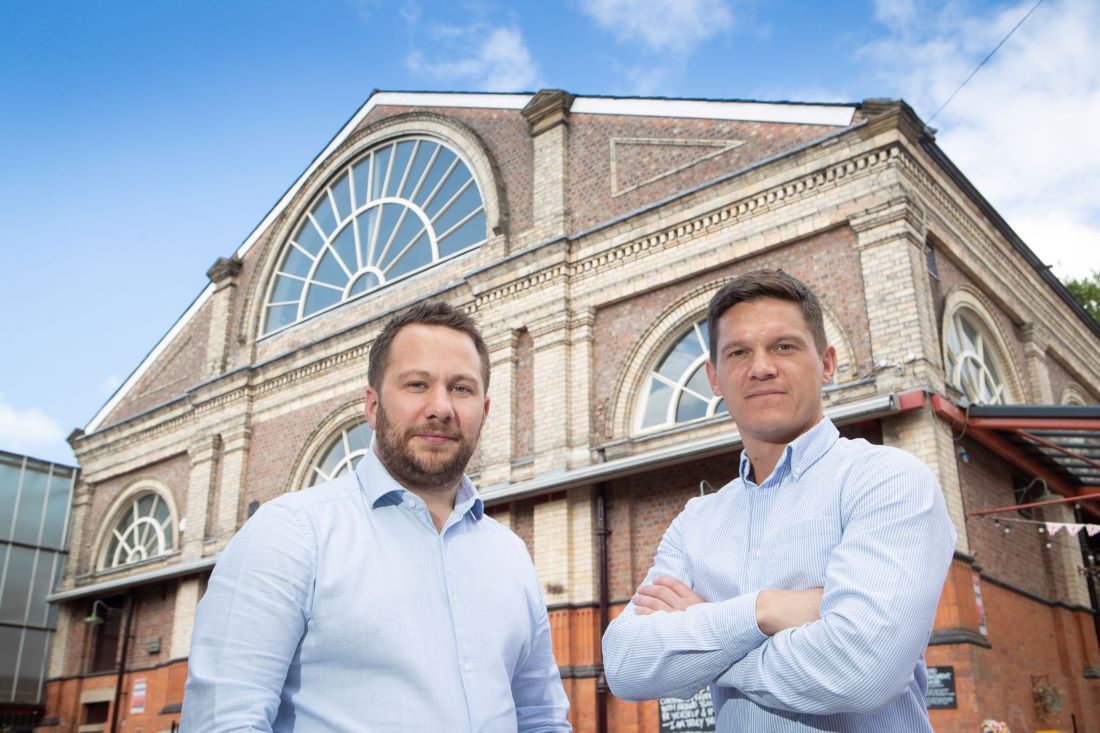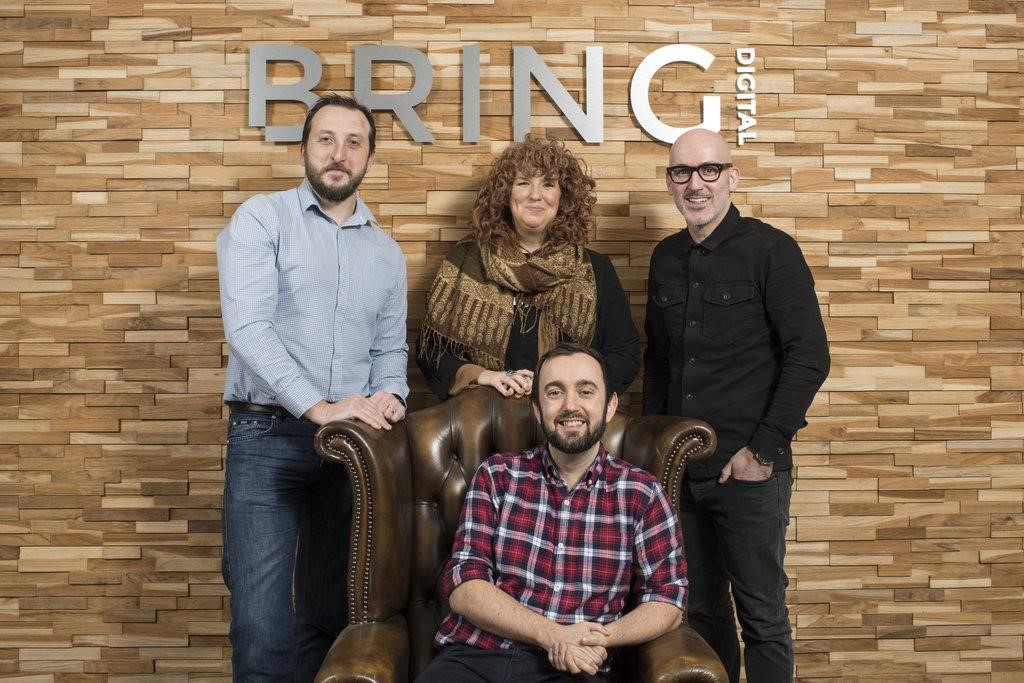
I recently took part in an interesting panel discussion, hosted by Go! Networks, about building and nurturing authentic brand loyalty for B2B and B2C organisations. While the discussion took us through lots of different facets of brand loyalty, it was the authenticity part that really interested me.
What became clear quite quickly was that authenticity and purpose are inextricably linked (and if you listen to the discussion, you’ll hear me say exactly this). We’ve seen a whole host of B2C brands risk consumer loyalty by not being authentic and worse, not tying this back to the company purpose. From Brewdog’s culture of fear, to UBS promoting gender equality – only to be outed on Twitter for female employees’ medium hourly pay being 36.8% lower than its male employees. What’s clear is that consumers are no longer prepared to support brands who only talk the talk, and not walk the walk.
And this is no different for B2B brands. Authenticity and loyalty go hand in hand. What does authenticity mean? It’s about how much a buyer believes that a brand is being honest in their dealings with them. It moves through every part of the contact that you have with your customer – direct or indirect – and should move through every part of the organisation.
What’s driving B2B brands current focus on purpose? Mainly it’s due to the changing audience profile. A 2019 Stackla survey found that 86% of consumers consider authenticity as a key factor when deciding which brand to support. Today’s millennial and Gen Z consumers are more vocal about their demand for authenticity. The survey also found that two thirds of Gen Z felt positive about a brand because of their association with a social cause. These are your new B2B buyers.
Social cause isn’t enough
Lots of B2B organisations make the mistake of confusing charity work with purpose. You can’t just show up at a charity and do a day’s work and then plaster it across your corporate social feeds. You must embed it in the culture of the company before you even start talking about it. Think about promoting what you do, rather than doing what you promote. It sounds obvious but lots of brands get it round the wrong way. Authentic action needs to come first, promotion of it second.
LinkedIn is littered with examples of companies supporting charities. But what about the broader implications of this activity? How does this tie back to your purpose? Let’s say that your purpose is being a good neighbour. How then is supporting a national charity on a single day delivering that? Surely it would be better to look for a local charity that you can support day to day. Could you host groups in your office? What resources do you have that could help? It doesn’t have to be a big gesture, rather consistent support that will make a difference.
Understand your audience
Understanding your customers’ core values is crucial if you’re going to be able create a loyal customer base. Not enough time or research goes into understanding audiences in B2B. Ask yourself, do you know how you emotionally connect with your buyers? Don’t forget that they’re consumers and people too. They value similar things – trustworthiness, being a good business, and a company who is easy to do business with.
Consistency is crucial
Often companies deliver a lot of mixed messages – from branding, to values, purpose and even thought leadership – and these can come into conflict or sit awkwardly with each other. Make sure your communications are addressing all of them in one integrated message. Don’t use clever wording. Simple really is best here.
Create a community
Some of the most successful B2B loyalty programmes are when customers really feel part of something. We’ve seen a rise in the popularity of small, more focused groups, and this means there is a real opportunity for brands to build their own community of advocates. This should be a space for open and honest dialogues (yes, it’s a two-way street). Seek out honest feedback and use frank and open discussions as a way to strengthen your relationships with customers, turning them into advocates.
Creating loyalty – especially in a cautious marketplace – can be a way to deliver value to customers and that rewards the brand in the long run. We all know that it’s more expensive to acquire a new customer than it is to retain one. According to marketing platform hubspot, only a 5% increase in customer retention can increase company revenue by 25-95%. And whether we believe that it’s possible to generate 95% more revenue by retaining customers, certainly having a clear understanding of authentic and purposeful customer loyalty and how it works in your business could deliver a good return.








